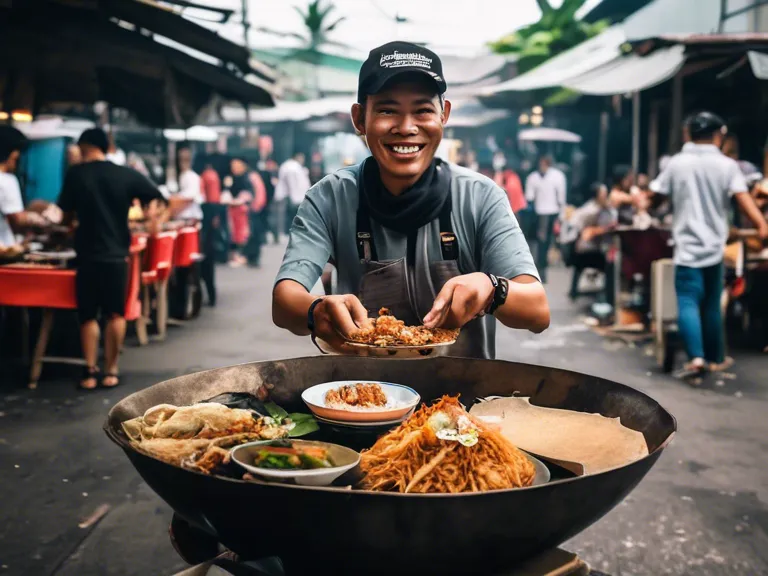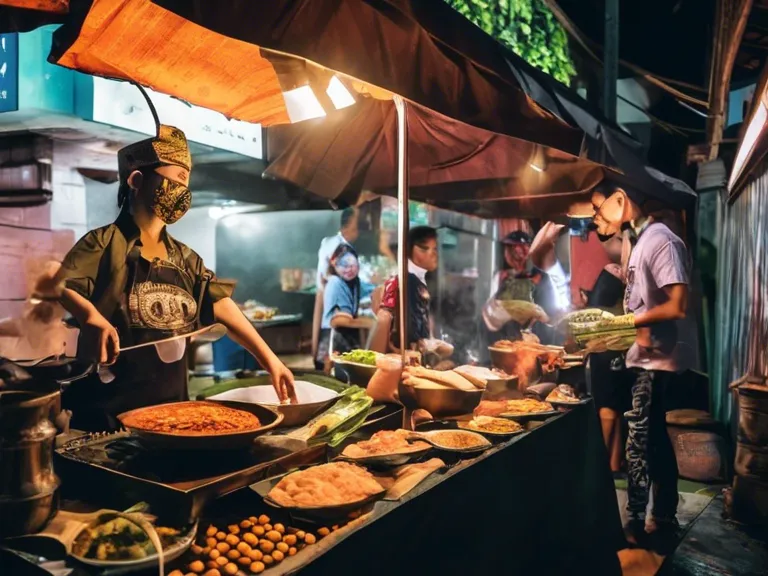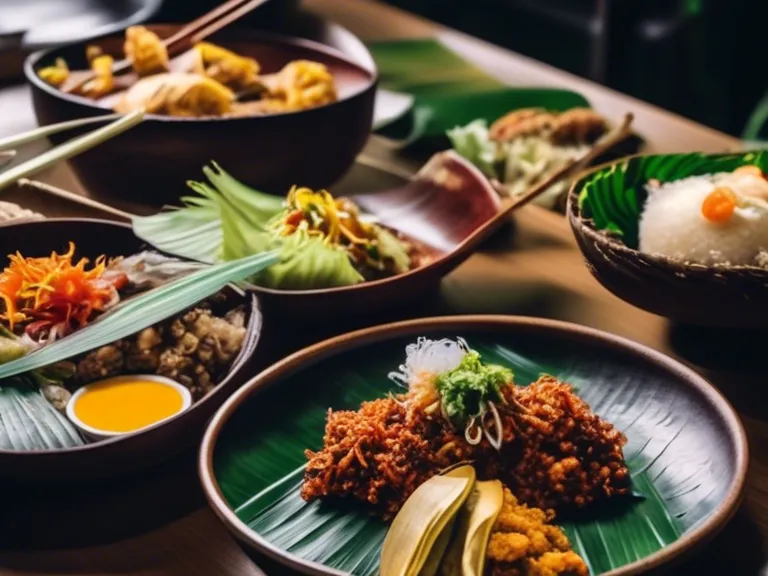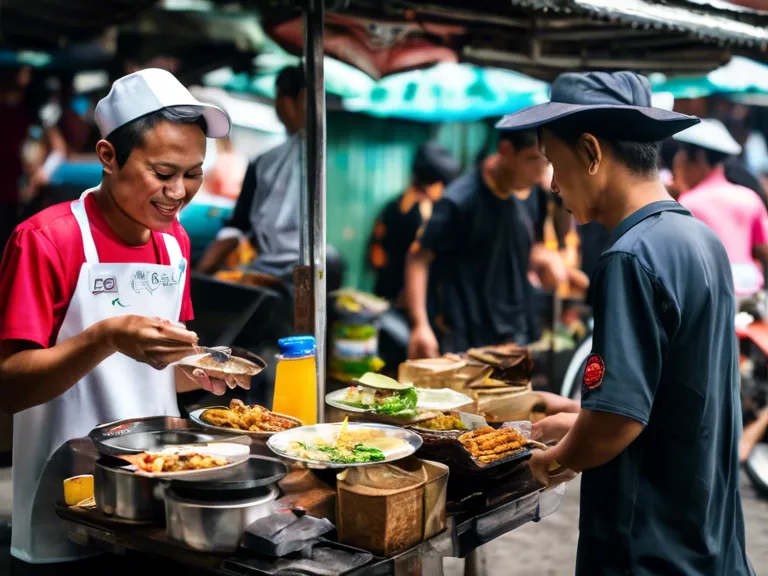
In recent years, Indonesia's hawker culture has been undergoing a renaissance, with traditional street food vendors embracing modern trends and techniques to cater to the evolving tastes of their customers. From small stalls to food trucks, the next big trends in Indonesia's street food scene, also known as Street Food 2.0, are making waves across the archipelago.
One of the emerging trends in Indonesia's hawker culture is the fusion of traditional flavors with modern cooking methods. Street food vendors are experimenting with new ingredients and cooking styles to create unique and innovative dishes that appeal to a wider audience. Whether it's a traditional sate skewer with a modern twist or a classic Indonesian dessert with a contemporary flair, these new creations are redefining street food in Indonesia.
Another trend that is gaining popularity in Indonesia's hawker culture is the emphasis on sustainability and eco-friendliness. Many street food vendors are now using biodegradable packaging, locally sourced ingredients, and environmentally friendly practices to reduce their carbon footprint. Customers are increasingly drawn to street food vendors who prioritize sustainability, making it a key factor in the success of their businesses.
Furthermore, technology is playing a significant role in shaping the future of Indonesia's hawker culture. Food delivery apps and online platforms have made it easier for street food vendors to reach a larger audience and expand their customer base. By embracing digital innovation, hawker stalls are able to streamline their operations and offer more convenient ways for customers to enjoy their favorite street food dishes.
As Indonesia's hawker culture continues to evolve, it is clear that Street Food 2.0 is here to stay. With a focus on innovation, sustainability, and technology, the next big trends in Indonesia's street food scene are transforming the way we experience and enjoy traditional Indonesian cuisine.



